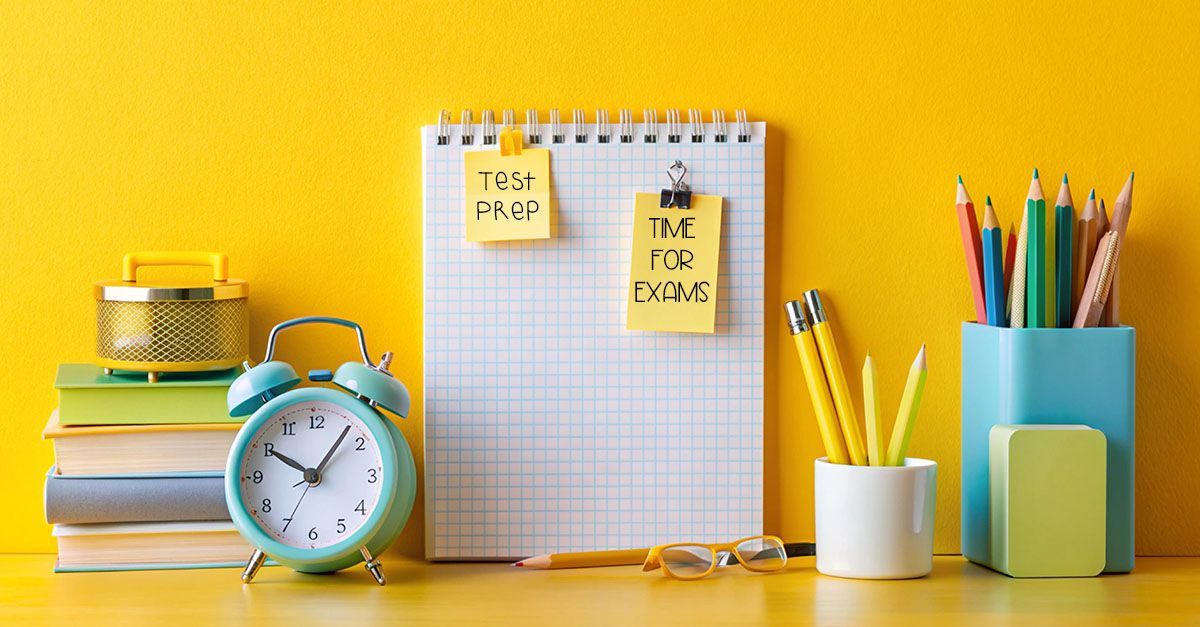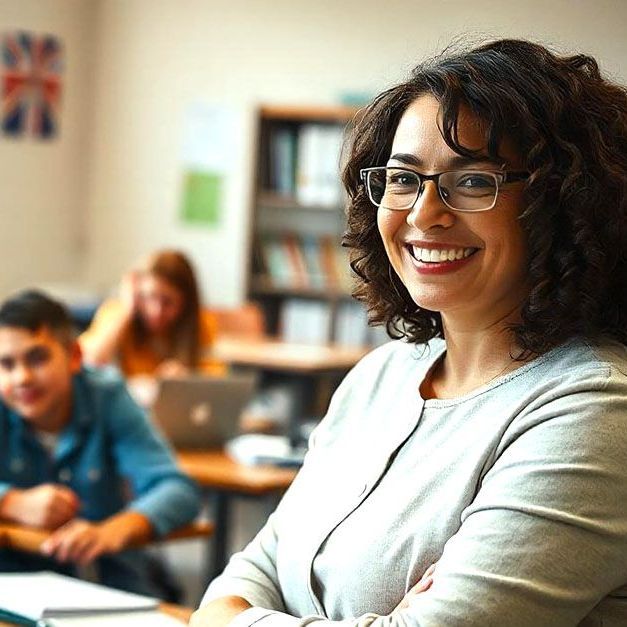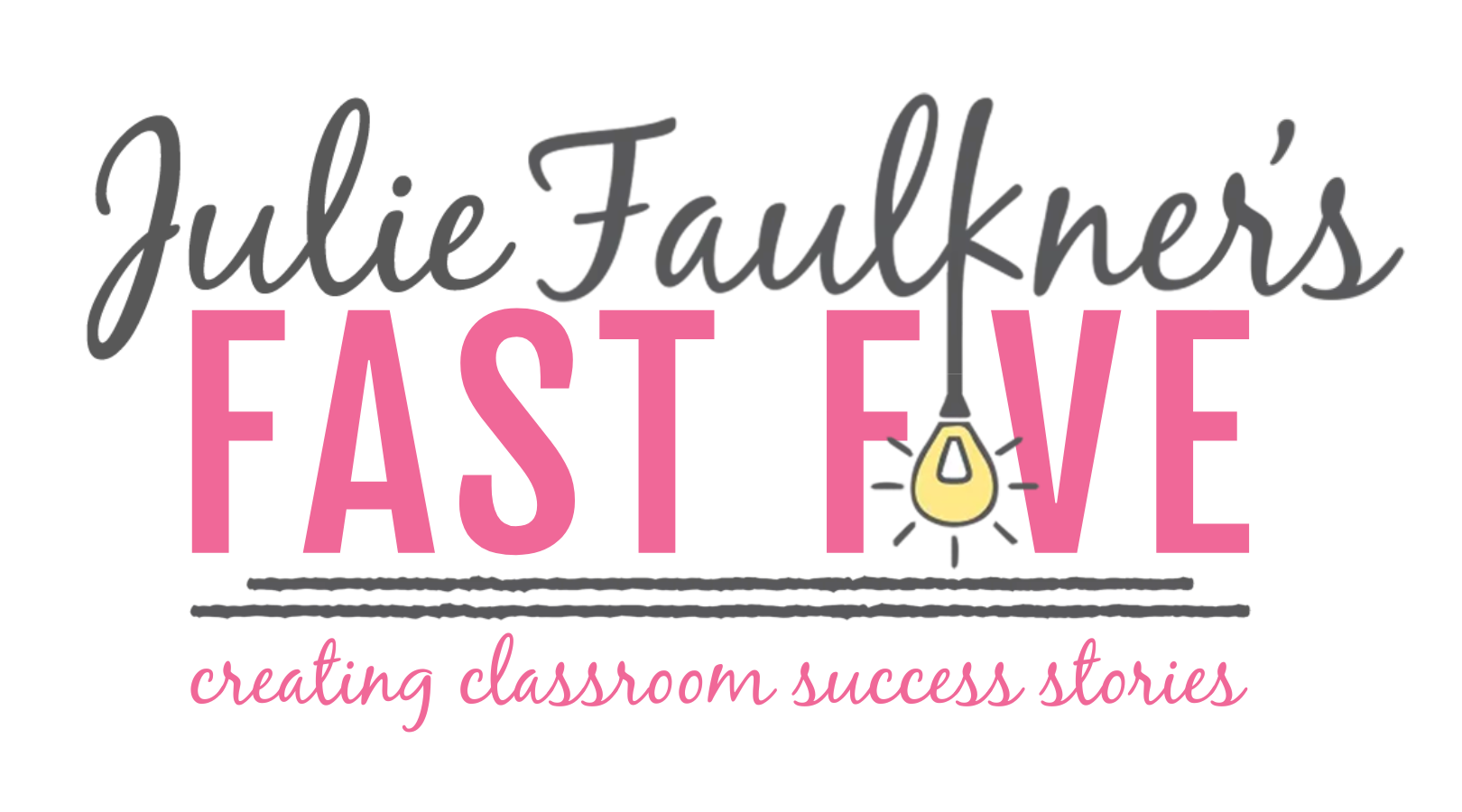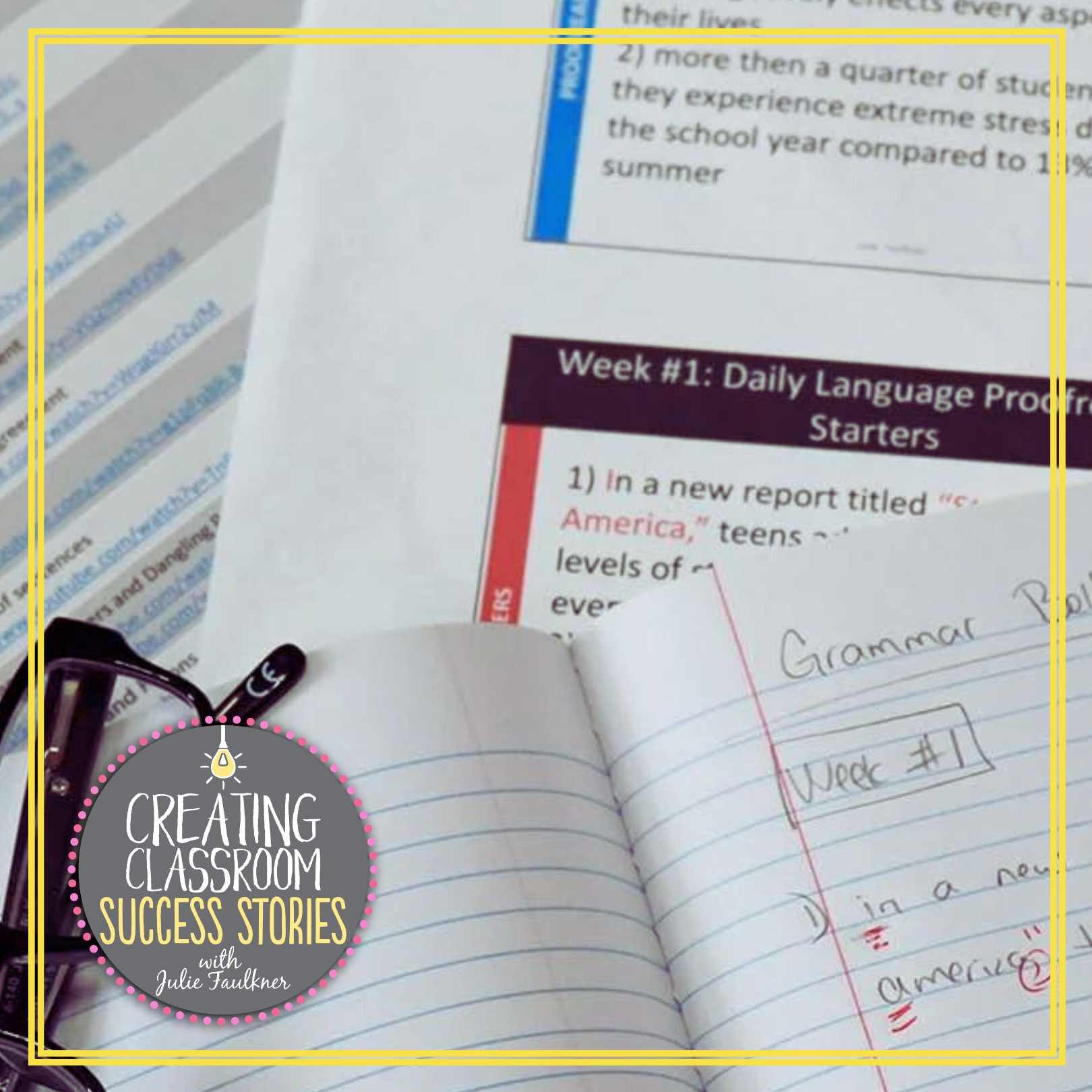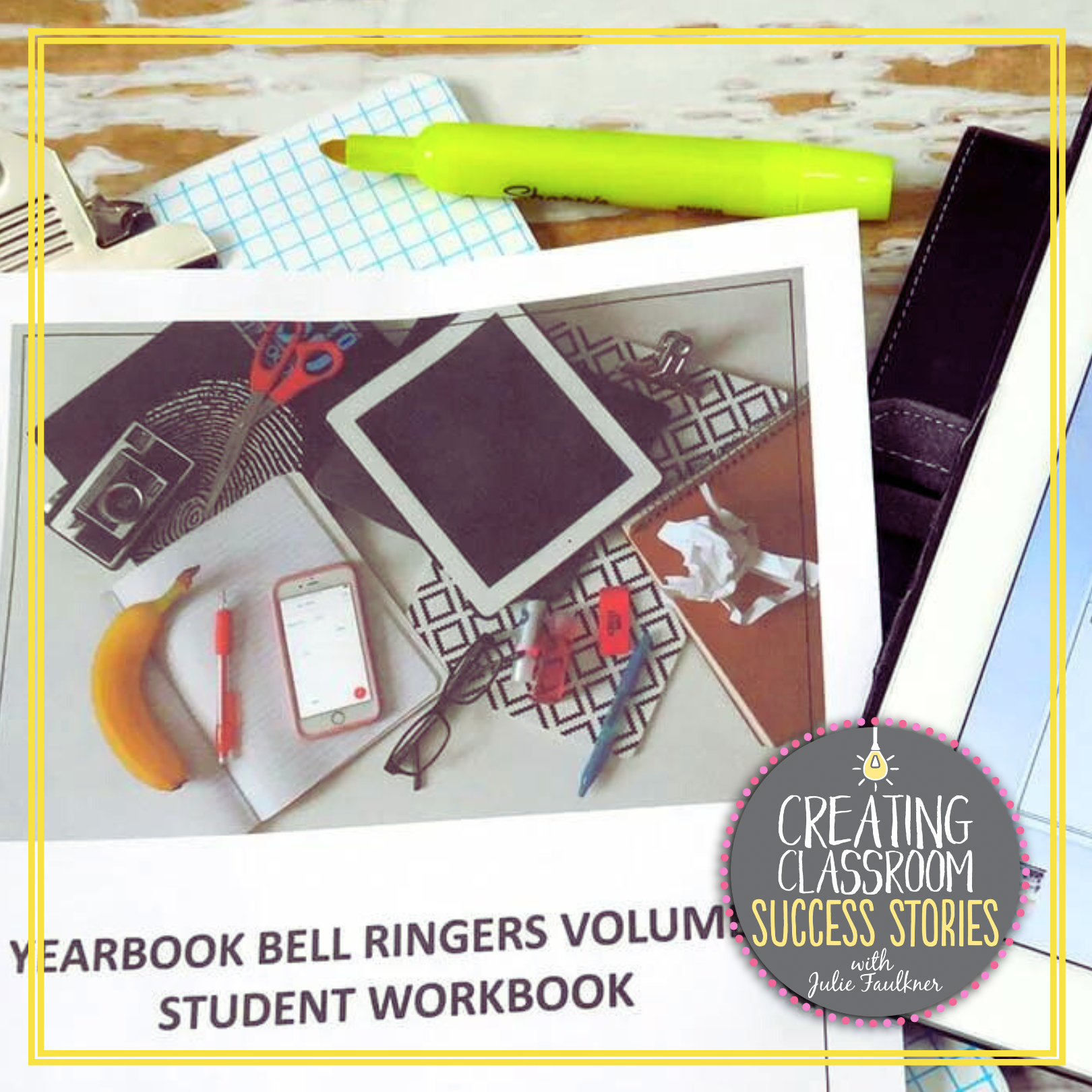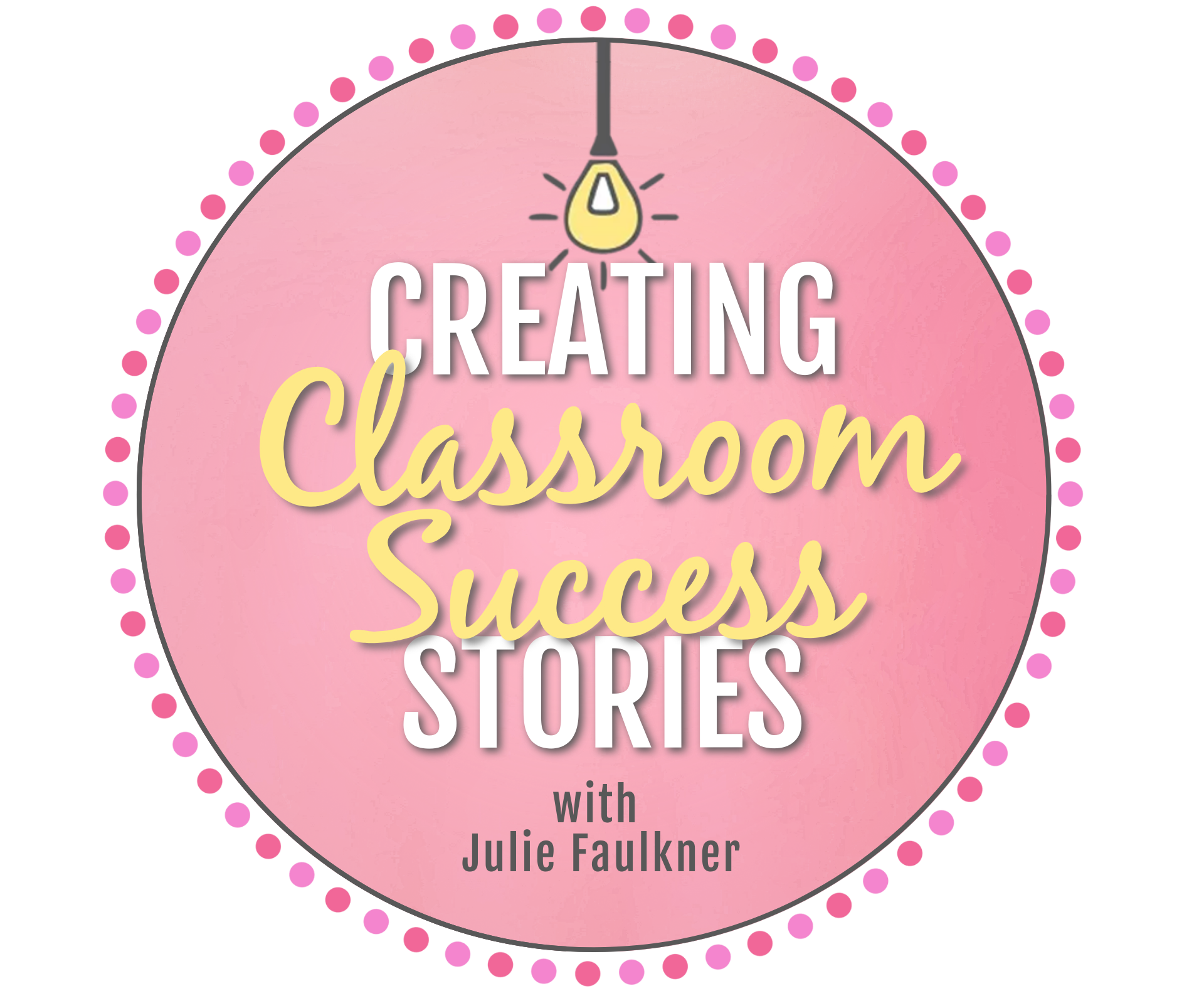Making Learning Interactive:
5 Strategies for the Secondary Classroom
Keeping kids engaged and involved is one thing. Keeping teenagers engaged and involved is a whole other issue. However, interaction of
some sort is a staple for just about every day in my classroom to reinforce, review, or revitalize a lesson. Whether it is just a quick conversation with a shoulder partner, a game that requires movement to demonstrate understanding, or a hands-on task, students do
appreciate the opportunity to get out of those straight rows for a few minutes. Here are 5 interactive strategies to engage secondary students!
1. Face-to-Face Discussions
Teenagers love to talk. So, I make use of every opportunity to capitalize on their chatter. From the very first week of school, I model and we practice accountable, academically productive talk. Discussions can come in several forms and fashions. Sometimes we just turn to our “shoulder partner” and share our journal response; other times we move into our “row teams” and discuss a chapter from the novel we are reading. One really fun way to spark discussions is with Rotating Stations. This type of activity would work for many concepts. I like to use it for discussing key or significant moments from a text we are reading. Each station has a quote taped to butcher paper, and then small groups rotate through the stations adding their thoughts and comments to the paper. When time is up, I play a piece of a song, and that’s the signal for the groups to move to new stations in the classroom where they continue their discussion, based on the ideas they encounter from the previous group. Rotations continue every few minutes until each group has been at all of the positions and has had a chance to consider all of the other groups’ comments. Academically productive talk allows students to share ideas, and it ultimately prepares them for an individual assignment, such as a writing task.
2. Virtual Discussions
Teenagers also love texting and social media. We aren’t a full BYOD school or a 1:1, but we do have a policy where teachers can request for students to use their devices in class for an assignment, and we do have a floating class set of iPads. When I can, I like to plan some extra time to host virtual discussions. Two free cool tools I use to host a digital dialogue are Padlet.com and Today’s Meet.com. Padlet has tons of uses, but one fun way is to just pose a question or topic, and then students plug in the unique URL and begin posting their responses. Today’s Meet allows teachers to set up a temporary “room” for discussion. Students join the room and begin texting their ideas. My students give rave reviews about the days we gab with gadgets!
3. Review Skills with Games that Incorporate Movement
Let’s admit that review work isn’t all that glamorous. That is unless it’s interactive! A simple way to bring in a quick review of vocabulary or the previous day’s lesson is with Ball Toss Review. I have a small ball that I toss out to get the game going. If we are reviewing vocabulary, I may say a word and have the student define it. He/she answers it and then tosses to another student. This is also fun for reviewing the previous day’s lesson. One student states something he/she remembers, passes the ball for another student to add an idea, and so
on. Another strategy I use for reviewing key skills is the “humanization” of more traditional classroom activities.
Do you have a sorting activity? Why not make it into human-sorting? Have terms for students to match? Why not have students play it human-matching style? Directions and materials are included in all of my “human sorting and matching” games! Additionally, most all of my literature guides come with a human plot chart activity for review (pictured below)! They are easy to make, and kids love them!
Check out my full catalog of Creative Worksheet Alternatives for ELA!
4. Bring Out Their Inner Child
No matter how old they are, teenagers still love a little cut and paste time! Once upon a time I inherited a whole slew of magazines. I just couldn’t bear to trash all that beautiful authentic text, so it hit me – Collage Bingo! This interactive activity marries a couple of old favorites: cut and paste collage and the scavenger hunt. I love this interactive activity because my students get exposed to a ton of text, we are reviewing key terms, and it is so easy to implement. Collage Bingo is even great for short days or substitutes!
5. Peer Editing
I can’t say enough about the power of a productive peer edit – productive being the key word here! I think where the peer edit breaks down is when students aren’t really sure what they are looking for and aren’t comfortable communicating their suggestions to a friend. What I’ve found to make peer editing actually work is to practice peer editing sample papers from the “File of Papers from the Unknown Students” first. Once we do guided practice, students gain more confidence on how to offer constructive criticism. There are several ways to orchestrate a peer edit from providing students with a checklist, list of questions, or a foldable. To make a simple peer editing foldable, just have students make one “hot-dog” fold. On one side of the fold have students list the strengths. On the other side, have the list the struggles. Voila – an easy-peasy, no-prep peer edit interactive activity! Also, consider having students focus their energies and comments by limiting or suggesting what they look for – grammar, thesis statement, or colorful vocabulary. They don’t have to tackle everything all at once. Hearing and seeing students interact to improve writing just gives me “cold dots,” which is what my six-year old niece calls cold chills!
See more interactive ideas at my newest blog post:
FORMULA FOR CLASSROOM SUCCESS SERIES POST #3: INTERACTIVE AND REAL-WORLD STRATEGIES
I’m linking up with The OCBeach teacher over at her blog. So, head on over for more ways to make learning interactive!
Love this content?
Sign up for my email newsletter with more tips, ideas, success stories, and freebies!


